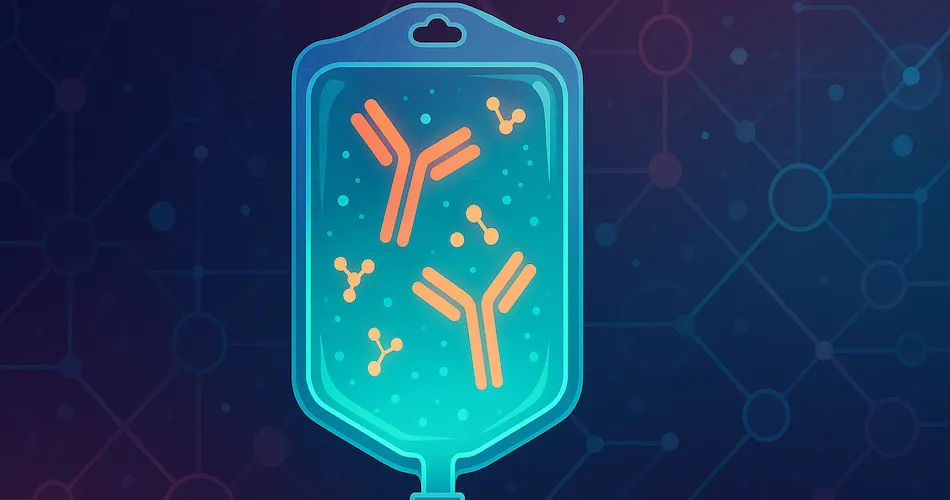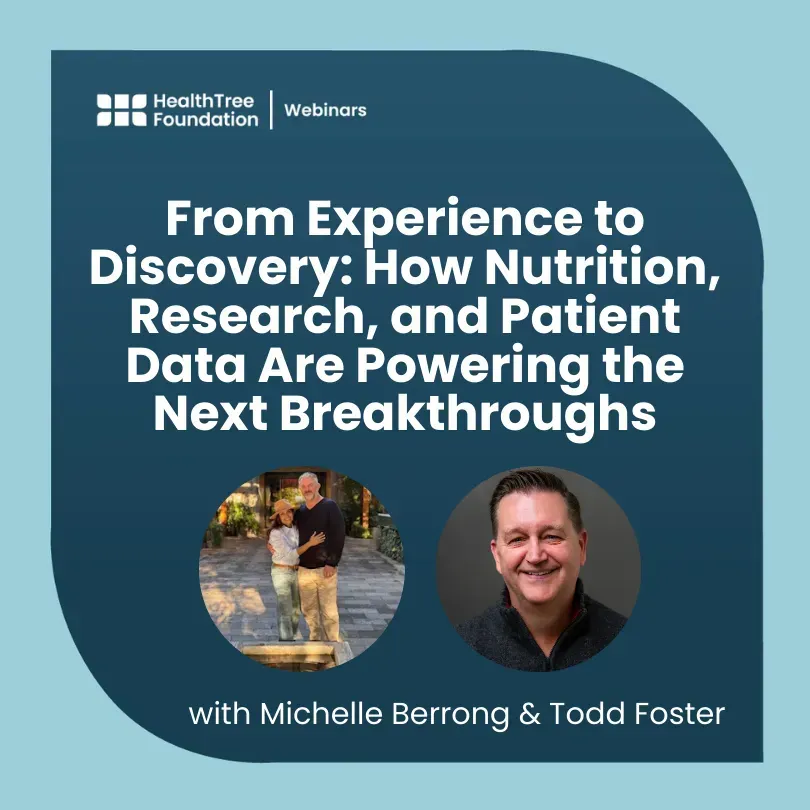How CAR-T Therapy is Changing the Treatment Landscape for Myeloma

Dr. Larry Anderson, MD, PhD, from UT Southwestern Harold C. Simmons Comprehensive Cancer Center discusses their rapidly growing Myeloma Program. They are pioneering advancements in CAR T-cell therapy, stem cell transplants, and ongoing clinical trials. Their team is looking at new ways of:
- Processing T cells.
- Discovering ways to prevent immune rejection.
- Targeting GPRC5D instead of BCMA.
- Using T cells earlier in the course of the disease to increase the depth and length of remission.
- Using bispecific antibodies earlier in treatment.
What is GPRC5D?
Even with advances in myeloma treatment, cycles of remission and relapse continue to occur. GPRC5D has emerged as a novel therapeutic target. “Results from early phase trials of GPRC5D-targeting T-cell–redirecting agents have shown promising efficacy and manageable safety profiles, including lower infection rates compared with B-cell maturation antigen (BCMA) and Fc receptor-like protein 5-targeting (FcRL5) bispecific antibodies.”
Why Use Bispecific Antibodies Early in Treatment?
“Bispecific antibodies represent a new treatment option for patients with myeloma. These antibodies activate the patient’s own T-cells to kill their tumor cells and have shown impressive results in relapsed refractory myeloma.”
More Information About CAR-T Therapy
This therapy offers a viable and promising future for myeloma patients. Some of the latest data show:
- The median overall survival from the date of relapse post-CAR-T therapy was 17.9 months.
- The overall response rate to the first salvage regimen was 43.4%.
- Median progression-free survival was 3.5 months.
Upcoming Trials Over the Next Year
- Looking at the use of CAR-T cell therapy as the first treatment compared to the standard autologous stem cell transplant.
- For patients not eligible for transplant, comparing treatment combinations with bispecific antibodies with other antibody-based therapies.
This is an exciting era for myeloma patients. With these new CAR-T cell therapies, remissions are lasting longer. The ultimate goal is to find the right combination of treatment strategies to give patients optimal length of life.
Want to find out more about multiple myeloma? HealthTree University continuously publishes new interviews with myeloma experts covering the latest on treatment, clinical trials, and more!
Sources:
Dr. Larry Anderson, MD, PhD, from UT Southwestern Harold C. Simmons Comprehensive Cancer Center discusses their rapidly growing Myeloma Program. They are pioneering advancements in CAR T-cell therapy, stem cell transplants, and ongoing clinical trials. Their team is looking at new ways of:
- Processing T cells.
- Discovering ways to prevent immune rejection.
- Targeting GPRC5D instead of BCMA.
- Using T cells earlier in the course of the disease to increase the depth and length of remission.
- Using bispecific antibodies earlier in treatment.
What is GPRC5D?
Even with advances in myeloma treatment, cycles of remission and relapse continue to occur. GPRC5D has emerged as a novel therapeutic target. “Results from early phase trials of GPRC5D-targeting T-cell–redirecting agents have shown promising efficacy and manageable safety profiles, including lower infection rates compared with B-cell maturation antigen (BCMA) and Fc receptor-like protein 5-targeting (FcRL5) bispecific antibodies.”
Why Use Bispecific Antibodies Early in Treatment?
“Bispecific antibodies represent a new treatment option for patients with myeloma. These antibodies activate the patient’s own T-cells to kill their tumor cells and have shown impressive results in relapsed refractory myeloma.”
More Information About CAR-T Therapy
This therapy offers a viable and promising future for myeloma patients. Some of the latest data show:
- The median overall survival from the date of relapse post-CAR-T therapy was 17.9 months.
- The overall response rate to the first salvage regimen was 43.4%.
- Median progression-free survival was 3.5 months.
Upcoming Trials Over the Next Year
- Looking at the use of CAR-T cell therapy as the first treatment compared to the standard autologous stem cell transplant.
- For patients not eligible for transplant, comparing treatment combinations with bispecific antibodies with other antibody-based therapies.
This is an exciting era for myeloma patients. With these new CAR-T cell therapies, remissions are lasting longer. The ultimate goal is to find the right combination of treatment strategies to give patients optimal length of life.
Want to find out more about multiple myeloma? HealthTree University continuously publishes new interviews with myeloma experts covering the latest on treatment, clinical trials, and more!
Sources:

about the author
Lisa Foster
Lisa Foster is a mom of 3 daughters and 1 perfect grandchild, a puzzle lover, writer and HealthTree advocate. She believes in the mission of the foundation and the team that builds it forward. She calls Houston, Texas home.
More on Clinical Trials
Trending Articles
Upcoming Events




Get the Latest Multiple Myeloma Updates, Delivered to You.
By subscribing to the HealthTree newsletter, you'll receive the latest research, treatment updates, and expert insights to help you navigate your health.
Together we care.
Together we cure.
3x Faster.













